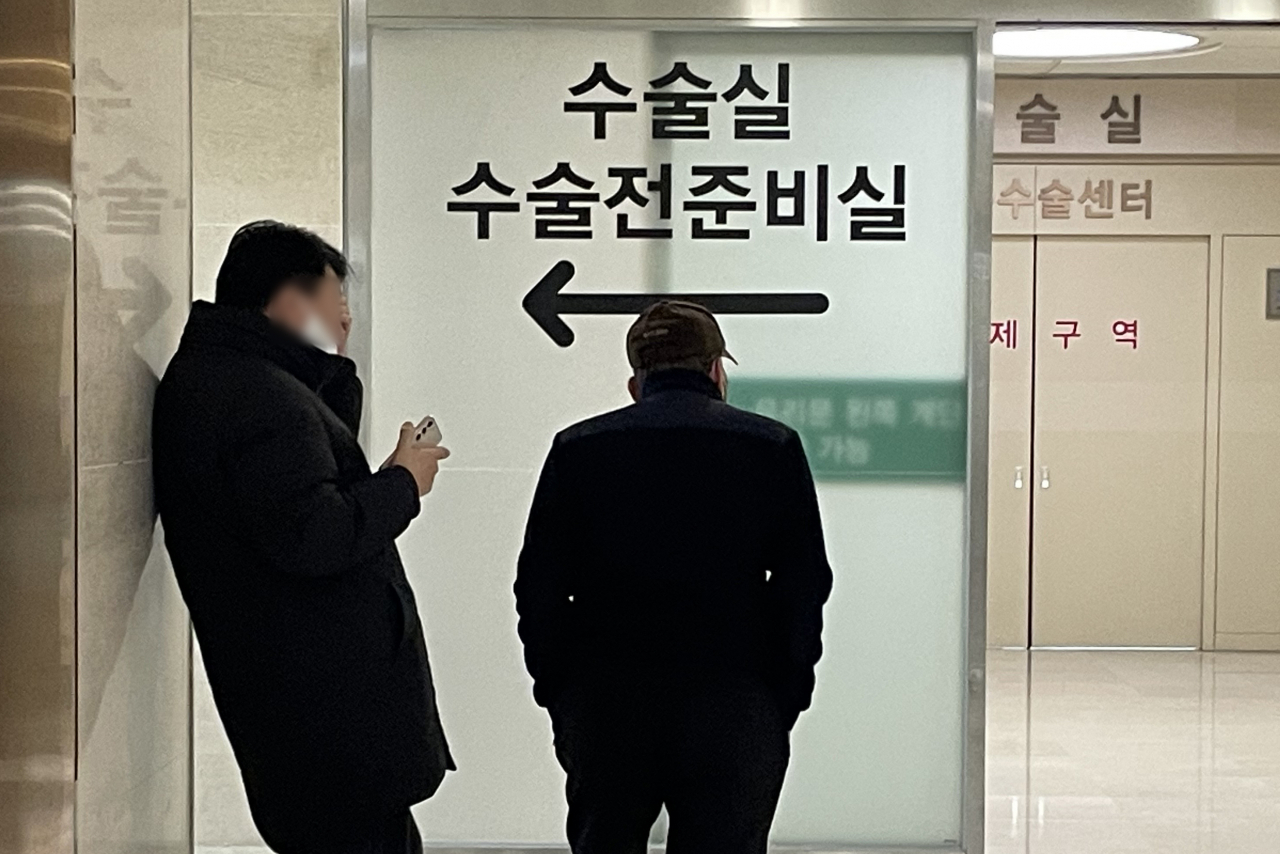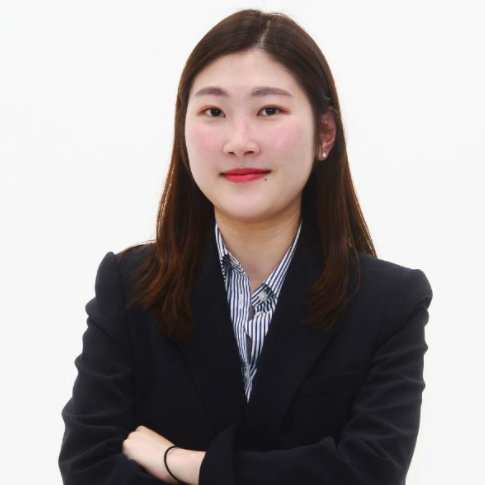Number of surgeries halved as hospitals suffer from strike
Government eyes legal action against junior doctors after walkout
By Park Jun-heePublished : Feb. 21, 2024 - 15:05

The number of surgeries being performed at Seoul’s “Big Five” hospitals was reduced by 30 to 50 percent due to a staff shortage over junior doctors’ resignation en masse on Wednesday, putting patients’ health at risk amid escalating confrontation between doctors and the government.
Severance Hospital reduced its operations by 50 percent, while Samsung Medical Center, Asan Medical Center and Seoul St. Mary’s Hospital said they had canceled around 30 percent of their surgeries, according to health authorities. Seoul National University Hospital is also seeing a much lower number of surgeries than usual, although it declined to provide an exact number. They also notified patients of appointment cancellations due to staff shortages.
Amid looming fear of life-threatening disruption at hospitals, the government has ramped up the pressure, as it was mulling whether to file a complaint with the prosecution against thousands of interns and residents who resigned and walked off the job if they do not comply with return-to-work orders.
The government will review taking administrative action and level charges with the prosecution by the time it completes return-to-work orders for those refusing to provide medical services, according to Kim Kook-il, who heads the emergency response team under the Health Ministry.
The Justice Ministry, Interior Ministry, Supreme Prosecutors’ Office and the Korean National Policy Agency also upped the ante, jointly announcing later in the day that they would conduct arrest investigations into those who lead collective action and refuse to return to the medical site despite a return-to-work order. Any action that disrupts medical treatment or prevents others from returning to work could see such consequences.
Junior doctors would also be held responsible for the highest level of accountability if their collective action harms patients’ lives or health.
Labeling the government’s decision as “severe oppression,” the Korean Medical Association, the country’s largest coalition of doctor groups with some 140,000 members, cried foul that the doctors’ decision to walk out should be “respected as a basic human right.”
“The Health Ministry sees the resignations of junior doctors as a collective action and issued return-to-work orders to punish them. Doctors didn’t know that South Korea was a dictatorship capable of exercising excessive abuse of laws,” said Joo Soo-ho, a former KMA president.
As of Tuesday at 10 p.m., 8,816 trainee doctors, or 71.3 percent of the junior doctors at 100 training hospitals, had officially tendered their resignations, according to the ministry. The hospitals have not accepted their letters yet, it added.
Of them, 7,813 had left the work site, and the ministry ordered 6,112 trainee doctors to return.
As the move came as a blow to the health sector, Second Vice Health Minister Park Min-soo said during a press briefing on the same day that the government regrets the medical group’s decision to place their rights above patients’ lives and health.
“(The government) hopes that the group would pull back from its perception that submitting resignation letters is an exercise of doctors’ basic rights and seriously consider the responsibilities given to them as medical professionals,” Park said.
According to reports citing health care authorities, junior doctors are seeking legal advice to shield themselves after they fail to comply with the orders. Many are using Telegram to share information over privacy concerns. Interns and residents working at public hospitals in Greater Seoul are also mulling to take their coats off, reports added.
Breaking the silence days after they left the profession, a group of intern and resident doctors on Wednesday demanded the government retract its planned medical school enrollment quota hike.
The Korea Intern Resident Association, consisting of thousands of junior doctors essential to the critical care of patients in large hospitals across the country, lambasted the government for issuing return-to-work orders to those refusing to give medical services, claiming the decision violated their basic rights.
“The government announced an absurd figure of increasing the number of medical students by 2,000, despite our continued request calling for scientific evidence. But it refused to disclose the data and announced the hike in exchange for more votes,” the group said.
They urged the government to withdraw its order against them and issue a formal apology. The group did not provide further information on when they would start taking in patients and performing operations.
At odds
While the medical circle and the government continue to lock horns over allowing for more medical students, the two sides met for the first time since the announcement was made on Feb. 6 through a prerecorded debate that aired on MBC late Tuesday.
The two sides, however, failed to narrow down their differences.
During the debate, Yoo Jeong-min, team leader at the Central Accident Management Headquarters under the Health Ministry, said that the country must address medical disparities in rural and urban areas and essential medical care by having more doctors so that people can get the services they need, when and where they need them.
“We must also prepare for the increase in medical demand due to the rapidly aging population,” she said.
Kim Yoon, a health policy and management professor at Seoul National University who advocates for the quota increase, struck a similar chord, citing Organization for Economic Cooperation and Development data on health that showed Korea had fewer doctors per person than its peers.
“The number of doctors for every 1,000 people stands at 2.2 (in Korea), far below the average of 3.7, while other OECD countries have significantly increased their medical school enrollment quota. The gap will widen unless Korea doubles its workforce,” Kim warned.
Germany recently decided to lift the number of its seats in medical schools by 5,000. France raised its enrollment quota from 3,850 in 2000 to around 10,000 in 2020, while Japan had increased the number of medical students to 9,384 in 2023 from 7,625 in 2007, according to the ministry.
But Lee Dong-wook, who heads the Gyeonggi Provincial Medical Association, took a dim view.
“The number of doctors will increase in the future due to the declining birth rate even if we cap the number of medical school enrollments,” Lee said.
“We need to address how we should redistribute patients and doctors (considering that) people line up at university hospitals and local hospitals are empty.”



















![[Today’s K-pop] Treasure to publish magazine for debut anniversary](http://res.heraldm.com/phpwas/restmb_idxmake.php?idx=642&simg=/content/image/2024/07/26/20240726050551_0.jpg&u=)